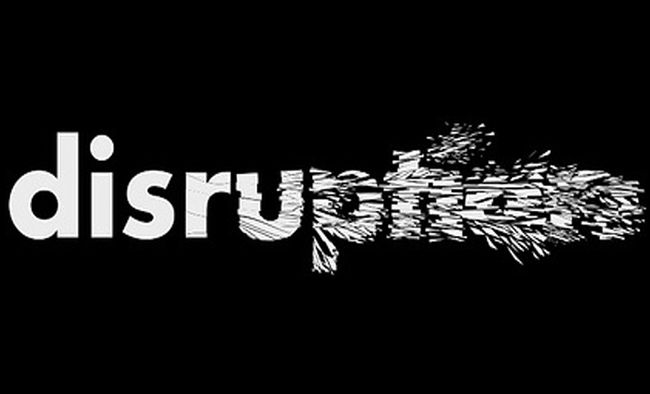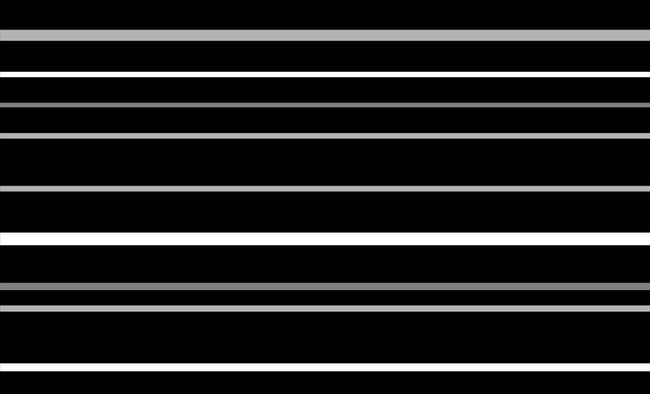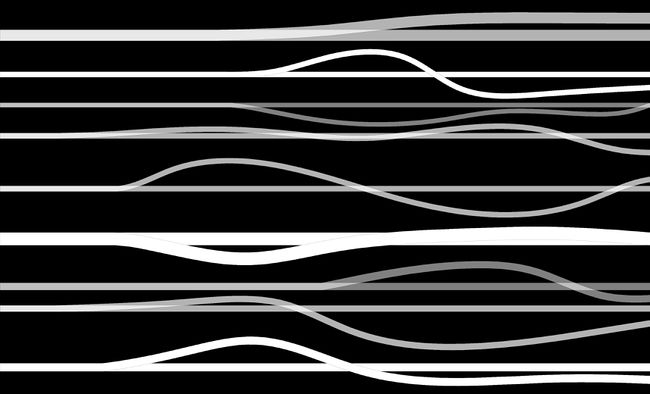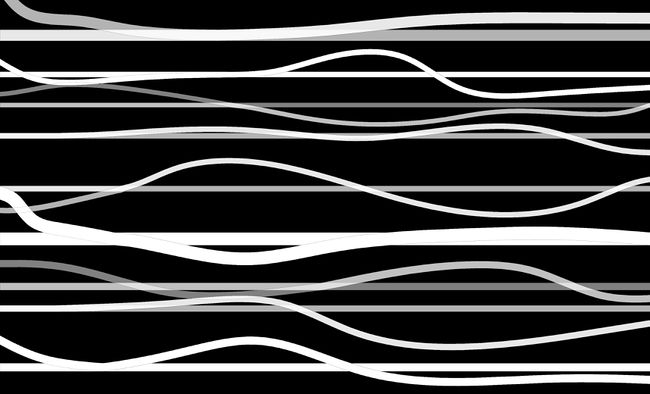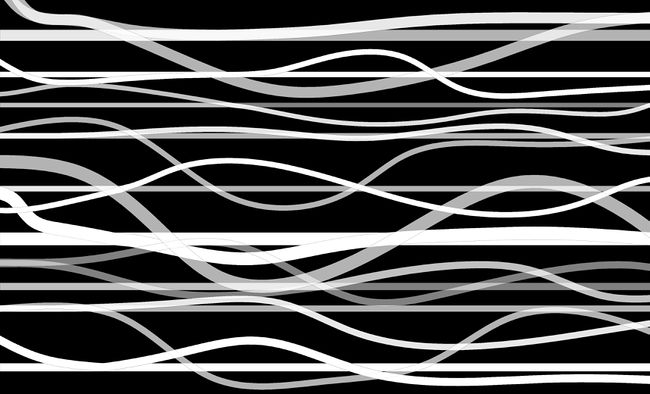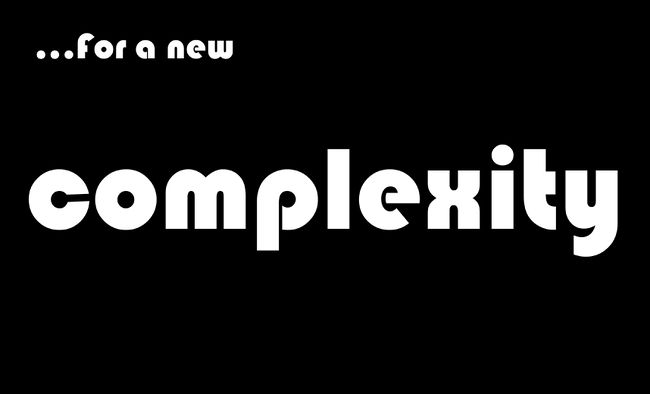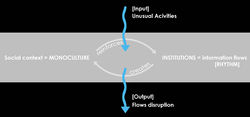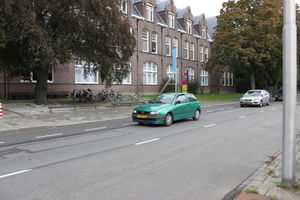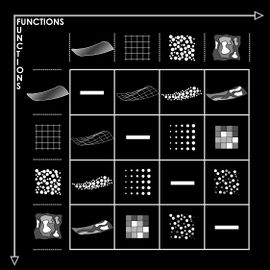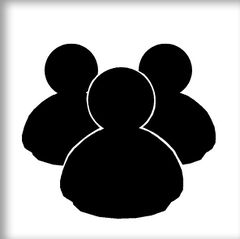atom10:Home
| Line 33: | Line 33: | ||
<div style="float: left; width: 300px; margin-right:30px; text-align:left"> | <div style="float: left; width: 300px; margin-right:30px; text-align:left"> | ||
| − | + | ==Future Scenario-Process= | |
| Line 39: | Line 39: | ||
We have identified two methods we would like to use to define the intervention; Rhythm analysis - measuring the flow of movement, information, money and social activity, and Imagined use analysis - creating a matrix of characteristics for different activities. Optimisation will occur between the conflicting uses, existing rhythm and its disruption. | We have identified two methods we would like to use to define the intervention; Rhythm analysis - measuring the flow of movement, information, money and social activity, and Imagined use analysis - creating a matrix of characteristics for different activities. Optimisation will occur between the conflicting uses, existing rhythm and its disruption. | ||
| + | |||
| + | [[atom10:Process | Read more about Futurescenario-process]] | ||
Revision as of 09:01, 10 October 2011
The analysis of social context and rhythm analysis will define a framework for opportunities and uses which can reinvigorate the space. The site is an interstitial space between the Architecture department and the Science museum in Delft. These two cultural institutions regulate and control flows of movement and information within and beyond the boundaries of the site. Through trans and dis-programming we can introduce new types and mixtures of activities to the site, which can precipitate the imagined future scenario. This introduction of uses can disrupt the existing monoculture created by the institutions and provide new points of interaction and engagement between people. This framework can develop and extend along neighbouring undefined and underused space.
Client: diversity
Challenge: to disorganise monoculture
Intervention: structures and activities which break the rhythm and contours of monoculture
Specialisation: strategies for disrupting homogeneity and routine in behaviour of inhabitants - to improve diversity.
Contents |
=Future Scenario-Process
We have identified two methods we would like to use to define the intervention; Rhythm analysis - measuring the flow of movement, information, money and social activity, and Imagined use analysis - creating a matrix of characteristics for different activities. Optimisation will occur between the conflicting uses, existing rhythm and its disruption.
Read more about Futurescenario-process
Rhythm analysis
The surrounding institutions control the rhythm of movement and activity surrounding and extending beyond the site. We need to map and represent the contours of the flow of people around the site. This analysis will help us to define where the intervention can attract users.
How can we map rhythm?
Using date based on openings time, lectures, numbers of students we can create a contour map of flows for the two main institutions.
Read more about rhythm analysis
Imagined use analysis [matrix]
Imagining activities and their requirements to create a matrix of characteristics which can be compared and contrasted. Allowing us to analyse how different uses can interact and inform other uses and forms. What is the reaction of uses? How do they disrupt the existing flows and rhythms.
Starting with a series of existing activities which are similar in nature we will explore how they react with one another and the space.
Zzzzzzzzzzzzzzzzzzzzzzzzzzzzzzzzzzzzzzzzzzzzzzzzzzzzzzzzzzzzzzzzzzzzzzzzzzzzzzzzzzzzzzzzzzzzzzzzzzzzzzzzzzzzzzzzzzzzzz
